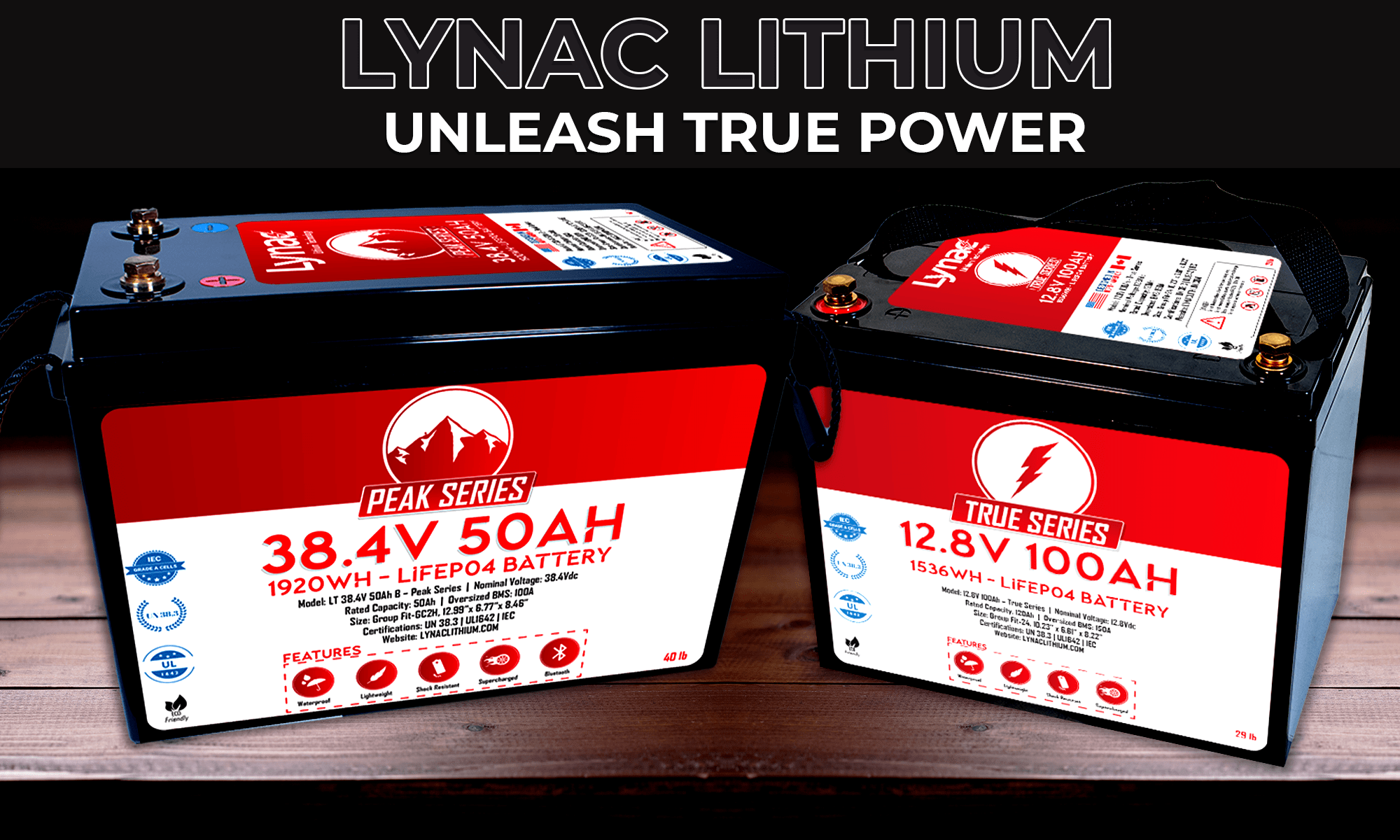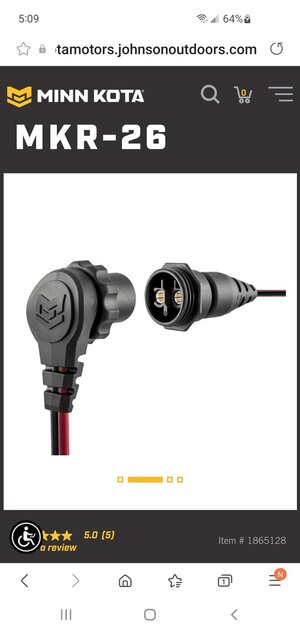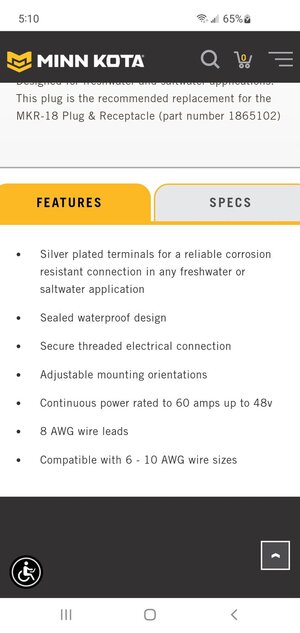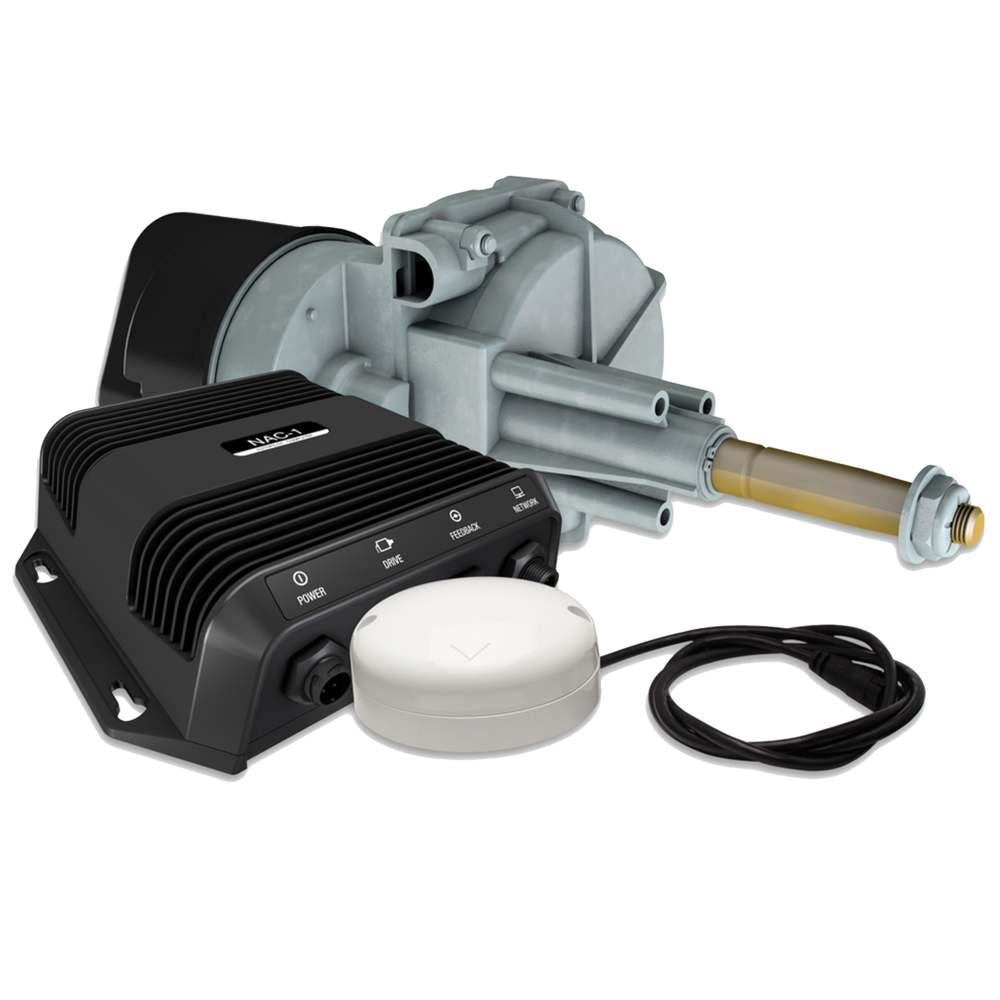Ticker
Well-Known Member
Anyway use them ? Any feedback be appreciated
I'm going trough the led batteries every 3 years or less for my 24 v trolling motor just not holding the charge anymore for the full day , last 2 times out 3 hours and depleted , yes wiring I updated first day on the boat and using a minnkota plug with same heavy gauge wires I think its 8 or 10 gauge, current batteries are 100 ah last time got them from a battery shop in Kitchener
I keep them on charge all year with minnkota 3 bank smart charger
Use them for anchor mode when perching, bass fishing as well for trolling for boat control on low settings 3-5 on minnkota ulterra
Had a variety brands of batteries, I did read up on it if depleted beyond 50 % that effects it lifetime
So is lithium worth it ? Or upgrade to AGM only ?
Or just keep replacing the led type
I'm going trough the led batteries every 3 years or less for my 24 v trolling motor just not holding the charge anymore for the full day , last 2 times out 3 hours and depleted , yes wiring I updated first day on the boat and using a minnkota plug with same heavy gauge wires I think its 8 or 10 gauge, current batteries are 100 ah last time got them from a battery shop in Kitchener
I keep them on charge all year with minnkota 3 bank smart charger
Use them for anchor mode when perching, bass fishing as well for trolling for boat control on low settings 3-5 on minnkota ulterra
Had a variety brands of batteries, I did read up on it if depleted beyond 50 % that effects it lifetime
So is lithium worth it ? Or upgrade to AGM only ?
Or just keep replacing the led type







